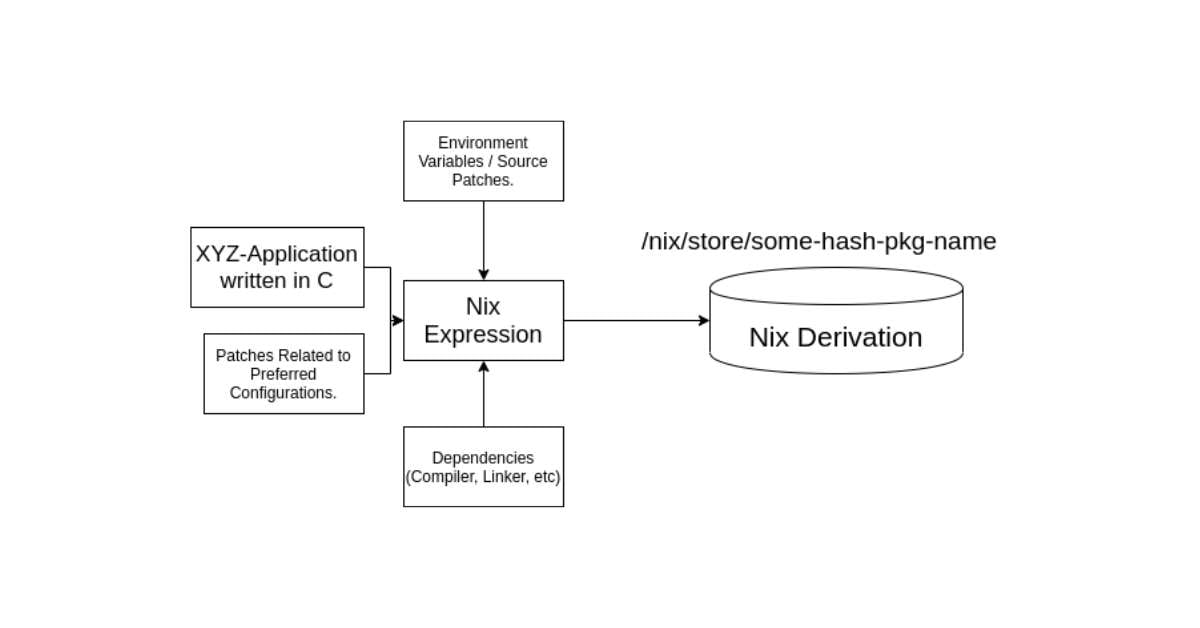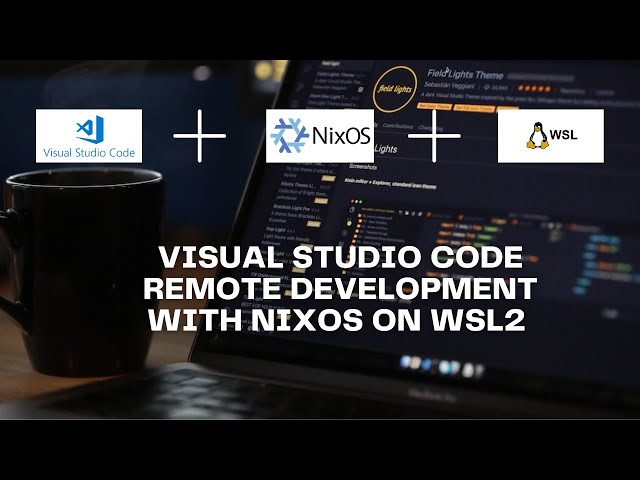The Rise of Nix: How It’s Transforming Development Environments
In the ever-evolving landscape of software development, Nix is carving out a niche for itself that is garnering attention from developers worldwide. Nix, a package manager with a unique approach, is not just a tool for installation but a complete ecosystem that facilitates reliable and reproducible builds.
Understanding Nix and Its Ecosystem
At its core, Nix allows developers to configure their environments in such a way that builds are consistent and isolated. This is a game changer for teams looking to eliminate the classic “it works on my machine” problem. Traditional package managers typically run into issues with dependency management and environment inconsistency. Nix, however, uses a purely functional deployment model, ensuring that any changes made to the system do not affect the global environment, creating a safe workspace for each project.
A visual representation of the Nix package ecosystem.
The Innovative Approach to Package Management
Nix’s approach not only minimizes conflicts but also fosters experimentation among developers without the fear of unintended side effects. With Nix, you can roll back changes in a seamless manner, allowing for a much smoother development experience. This is particularly beneficial in environments where multiple projects may require different versions of libraries.
One distinctive feature of Nix is its ability to enable continuous integration and continuous delivery (CI/CD) pipelines without the usual overhead. Teams can now leverage ‘Nix expressions’ to configure their entire build system, which means less time troubleshooting and more time developing.
The Adoption of NixOS
Complementing the package manager is NixOS, a Linux distribution entirely built around the Nix package manager. NixOS differentiates itself from other distributions by using a declarative configuration model. This enables systems to be reproduced with exact configurations, effectively leading to fewer discrepancies between development, testing, and production environments.
As organizations increasingly adopt microservices architectures, the demand for reproducible environments has surged, putting NixOS in the spotlight. This trend is particularly relevant for businesses aiming to scale their operations efficiently while maintaining high levels of consistency across their development teams.
An overview of NixOS in action.
Real-World Applications and Impact
Many enterprises, especially in sectors where compliance and reliability are critical, have turned to the Nix ecosystem. For instance, financial services firms that require auditable environments have found great use in Nix’s ability to maintain configuration integrity. Firms report significant reductions in the time required to onboard new developers due to the self-documenting nature of Nix configurations.
A developer noted:
“Using Nix, we can set up new development environments in minutes instead of weeks, without the fuss of environment mismatches.”
This sentiment is driving the adoption not only in large corporations but also among individual developers who are excited about the ease with which they can manage their software dependencies.
Resources and Community Support
As Nix gains popularity, the community surrounding it is also growing. An array of tutorials, forums, and documentation is available for newcomers to dive into Nix and NixOS. The community-driven nature of this ecosystem ensures that continuous improvement and support are just around the corner.
Several resources, such as Nix Pills and the official NixOS Wiki, offer comprehensive guides to help developers get started and explore advanced features of the ecosystem.
Images from Nix community events showcasing collaboration and knowledge-sharing.
Future Prospects for Nix
Looking ahead, the future of Nix and NixOS seems promising. As organizations increasingly prioritize reliability, reproducibility, and efficient resource management, tools like Nix are positioned to become essential in the developer’s toolkit. The growing popularity of cloud-native and serverless architectures also presents unique integration opportunities for Nix, further widening its applicability.
In conclusion, Nix and NixOS are not just passing trends but substantial developments in software package management and system configurations. As it continues to evolve, it stands to redefine how developers approach software build processes.
Join the Nix Movement
For those interested in taking part in the Nix revolution, exploring Nix and NixOS could very well enhance your development practices and efficiency. Connect with the community, experiment with the tools, and discover how Nix can feature in your next project. After all, in today’s fast-moving tech race, staying ahead is crucial.
Be sure to check out the resources linked above and engage with like-minded developers working at the cutting edge of package management. The future is systematic, and it’s called Nix.


 Photo by
Photo by 









